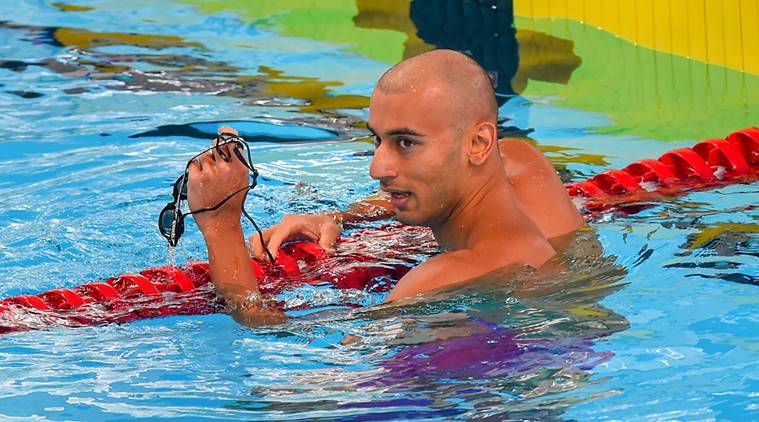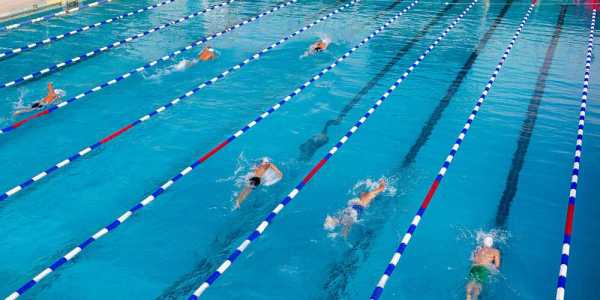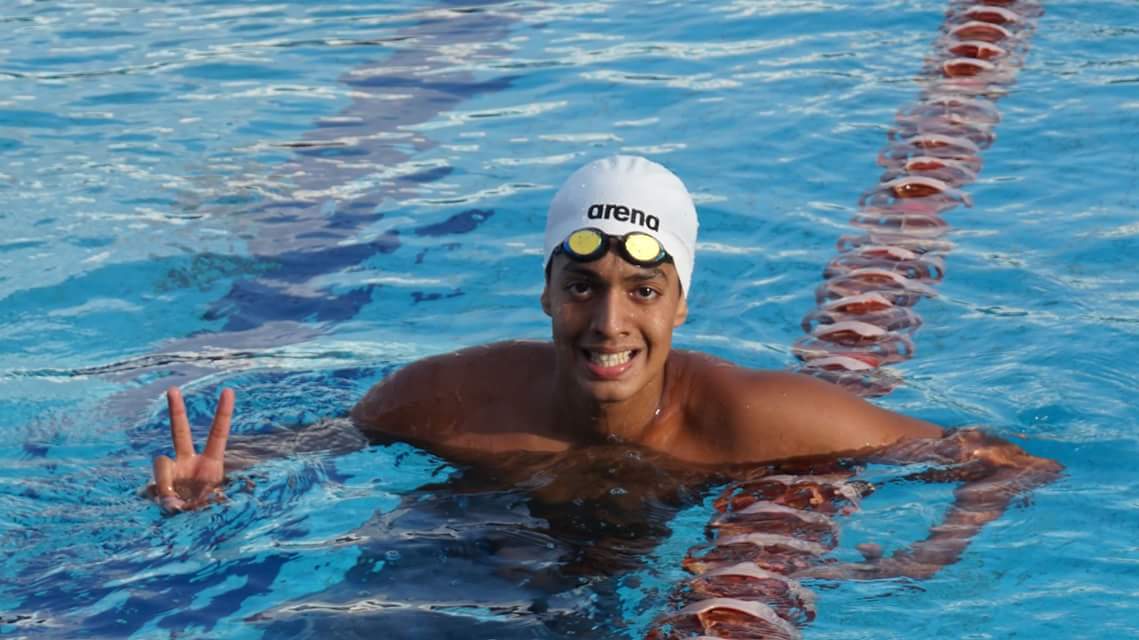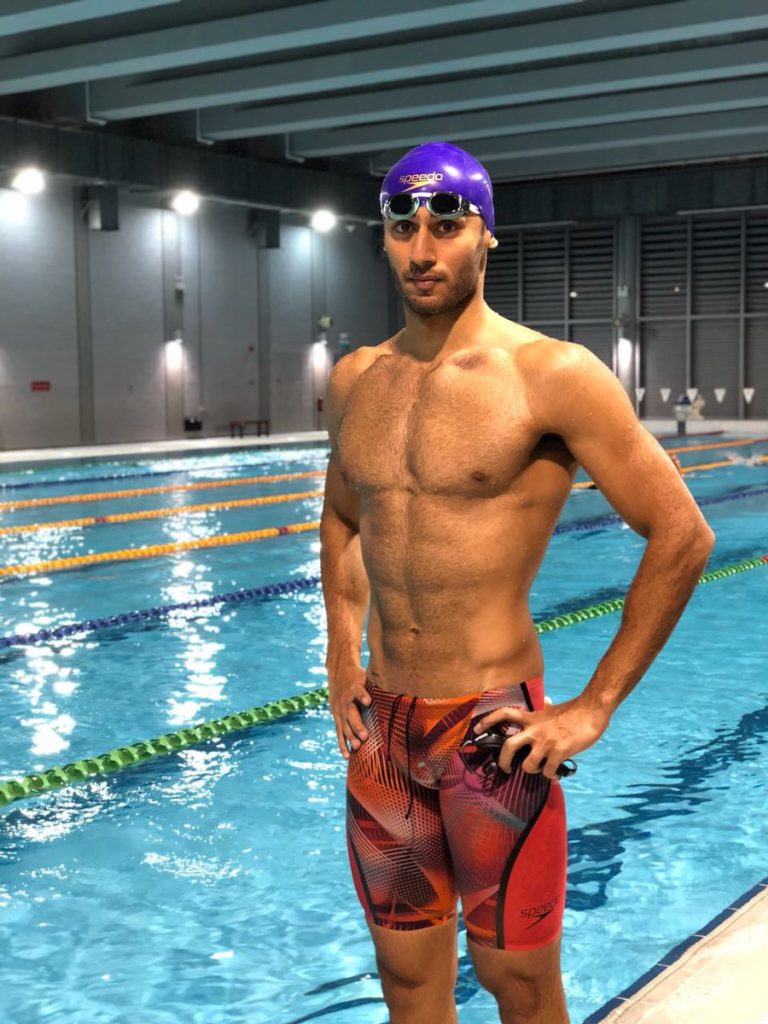Asian Games
If we act today, we might see Swimming Golds for India in 2028 Olympics | By Hakimuddin Habibulla

We often tend to react.
Hence we find it convenient and comfortable to support sports in which we have somehow managed to win medals. India is blessed with fantastic demography which needs to be leveraged more proactively. We need to think strategically with a long-term view on how to drastically change our position on the medal tally at large multi-sport events like the Olympic, Asian and Commonwealth Games.
Swimming is a very critical & fundamental activity, and India is blessed with an abundance of water (inland and coastal).
At one end of the spectrum, it is an essential life skill which everyone should learn regarding keeping themselves and others safe in or around water along with engaging with water for health, fitness, recreationprioritisedand rehab.

At the other end of the spectrum, swimming has the most number of gold medals to be won at multi-sport events. At the 2020 Tokyo Olympic Games, aquatic sports - comprising of swimming, diving, artistic swimming, water polo and open water swimming - will have 49 Gold medals, the most among sports.
If we take the broader outlook of including sports associated with water (where knowing swimming will give the athlete more comfort and confidence) - triathlon, surfing, canoeing, rowing, sailing - the number of Gold medals at stake go up to 94.
Swimming also has a high return on investment where one or a few swimmers can reap many medals. In 2008, if Michael Phelps were representing India, his five individual gold medals would have taken India from number 50 to 14 on the medal table (including Abhinav Bindra’s gold).
At the 2016 Rio Olympic Games, the USA swimming team won 16 Gold medals; if the USA swimming team (does not include the other aquatic sports) were a country, it would be in the 6th position on the medal table. At the 2018 Gold Coast Commonwealth Games, the Australian swim team won 28 Gold medals; if they were a country, they would be 3rd on the medal table ahead of India which won 26 Gold medals across seven sports.
So, if India wants to transform its position on the medal table drastically, then swimming is one sport that has the power to do that and hence must be urgently prioritised.
The swimmers we saw in the top 8 of the 2018 Asian Games – Virdhawal Khade, Sandeep Sejwal, Sajan Prakash, Srihari Nataraj and Advait Page – are happy accidents who got lucky to be introduced to the sport and persevered despite various challenges in the environment. We now need to go in with a medium to long-term High-Performance Plan with an organic and inorganic approach for talent development, identification and grooming.
 Srihari Natraj
Srihari Natraj The organic approach, which is long-term sustainable, requires us to improve the quality and quantity of participation along with creating world-class platforms and pathways of coaching and competition that are easy to access that help attracts and retain the best talent. To do this India needs to urgently improve its underlying hardware (infrastructure), software (human resources) and operating system (teaching and coaching programs) on which various applications (competitions and conferences) can be practical.
Infrastructure: It starts with looking at a swimming pool as an asset. India needs to pay attention to the quality of design and construction of swimming pools so that they are attractive, safe, hassle-free and comfortable thereby encouraging participation and performance throughout the year. We often observe that our thinking, behavior and response changes based on the environment we are in. I have first-hand witnessed how having a world-class swimming facility for teaching or coaching changes the mindset of all the stakeholders – teacher, coach, athlete, and administration – instilling a belief that they can be among the best in the world.
An example is the high performance training pool built by Myrtha Pools at the Padukone-Dravid Center for Sports Excellence, Bengaluru (includes the type of starting blocks and lanes used at Rio Olympic Games) which is home to Dolphin Aquatics, India’s top swim team headed by 2-time Olympic coach and Dronacharya Awardee Nihar Ameen that has Olympians & Asian Games medallists Virdhawal Khade and Sandeep Sejwal in their ranks.
For the population we need to address, India needs 1000s of high-quality swimming pools (relatively more for teaching and less for coaching) across the country which are easy to access.
Human Resources: A swimming pool is only as productive as an asset as the people engaged to manage, maintain and run programs. India needs to urgently focus on the continuous training and development of world-class swimming pool operators, administrators, lifeguards, teachers of swimming & water safety and age-group & senior coaches.
Out of these, I would like to focus on the need for world-class teachers of swimming & water safety (like any subject, e.g. maths, the teacher makes or breaks the love for the issue). We often skipped this critical step, i.e. teachers, and only focused on developing coaches (can be likened to Professors in the education system) who are compromised by the quality and quantity of swimmers that turn up for competitive swimming with weak fundamental skills which are difficult to correct.

We are today beginning to see well-educated individuals – engineers, doctors, lawyers, CAs, etc. – along with Olympian swimmers – Nisha Millet, Gagan Ullalmath and Sandeep Sejwal – training to become teachers of swimming & water safety as it is being recognised as a well rewarding part-time or full-time career.
Australia trains over 10,000 teachers of swimming & water safety a year. We estimate that India needs at least a 100,000 high-quality teachers of swimming & water safety to ensure that every school going Indian gets a good quality aquatic education.
This, in turn, would make the age-group and senior coaches more effective. It is essential to make a mention that we need to attract more women to take up many of these positions, especially for teaching and coaching, to make it more comfortable for more girls and women to take up the sport and stay in the competition.
Teaching and coaching programs: To make the infrastructure and human resources more effective, appropriate teaching and coaching programs need to be put in place. For the teaching programs, like maths, children need to be given a strong holistic aquatic education with a clearly defined progression of swimming & water safety skills taught over 6-8 years in a fun, safe and professional environment that later on makes the learning of advanced concepts easier.
To ensure an absolute consistency of standards, India needs a strong baseline national teaching framework/curriculum that makes it easier to identify and support talent as it progresses. The coaching programs focused on children showing the interest & expertise based on a robust aquatic education, are then built with a combination of appropriately trained/experienced age-group/senior coaches following a scientific training plan and supported with appropriate sports science support for injury prevention and management.
Competitions and conferences: On one hand there are no awards for training, and on the other side the best form of exercise is to compete. Hence swimmers at different levels need more high quality and high-frequency competitions to test their mental and physical abilities continuously.
A high-quality competition would also help attract international swimmers to India which would be more cost effective for the Indian swimmers instead of them spending a lot of money to attend races abroad. These also form a pathway for talent progression and identification. Beyond the swimmers, it is important to have periodic conferences hosted in India that will help in the learning and development of all the associated stakeholders – teachers, coaches, administrators, sports science support etc.
The inorganic approach, for short-term gains, would require us to be creative and scientific in talent identification, beyond those who are currently visible on the competitive scene and provide the select few with opportunities for rapid skill acquisition and development through international training and competitions. I have personally experienced how the right talent in India, when given access to the right development pathway can provide world-class results in a very short time. There are different models available internationally to reference and learn from.
 The world-class facilities at the Padukone-Dravid Center for Sports Excellence in Bengaluru.
The world-class facilities at the Padukone-Dravid Center for Sports Excellence in Bengaluru. It is heartening to see that a few corporates – Glenmark Pharmaceuticals Limited (Glenmark Aquatic Foundation), JSW Group (JSW Sports), Page Industries (Speedo) – entering the fray to support swimming. But they are constrained as they are limited to working with swimmers who are among the happy accidents of our current system. We need them and many other corporates to coordinate and participate in effectively using their resources for the organic and inorganic development of swimming regarding participation and performance.
Ten years back we missed the signs when Virdhawal Khade (then aged 15 or 16) became the first Indian swimmer to make the finals at the World Youth Championships in three events.

Additionally, he was the youngest Indian athlete at the Beijing Olympic Games and also the most decorated athlete at the Commonwealth Youth Games winning 3 gold medals (along the same time that Saina Nehwal was at a similar stage). Let us not repeat that mistake.
If we act today and unleash the billion tide, there is a good chance that we might see Indian swimmers winning multiple gold medals at the 2028 Los Angeles Olympic Games.
Swimming Matters is a brand of Winning Matters Consulting Pvt. Ltd. – www.swimmingmatters.in. Started in 2013, it is working to enable a billion Indians to enjoy swimming safely & correctly and to enable Indian swimmers to win Olympic Gold medals.

